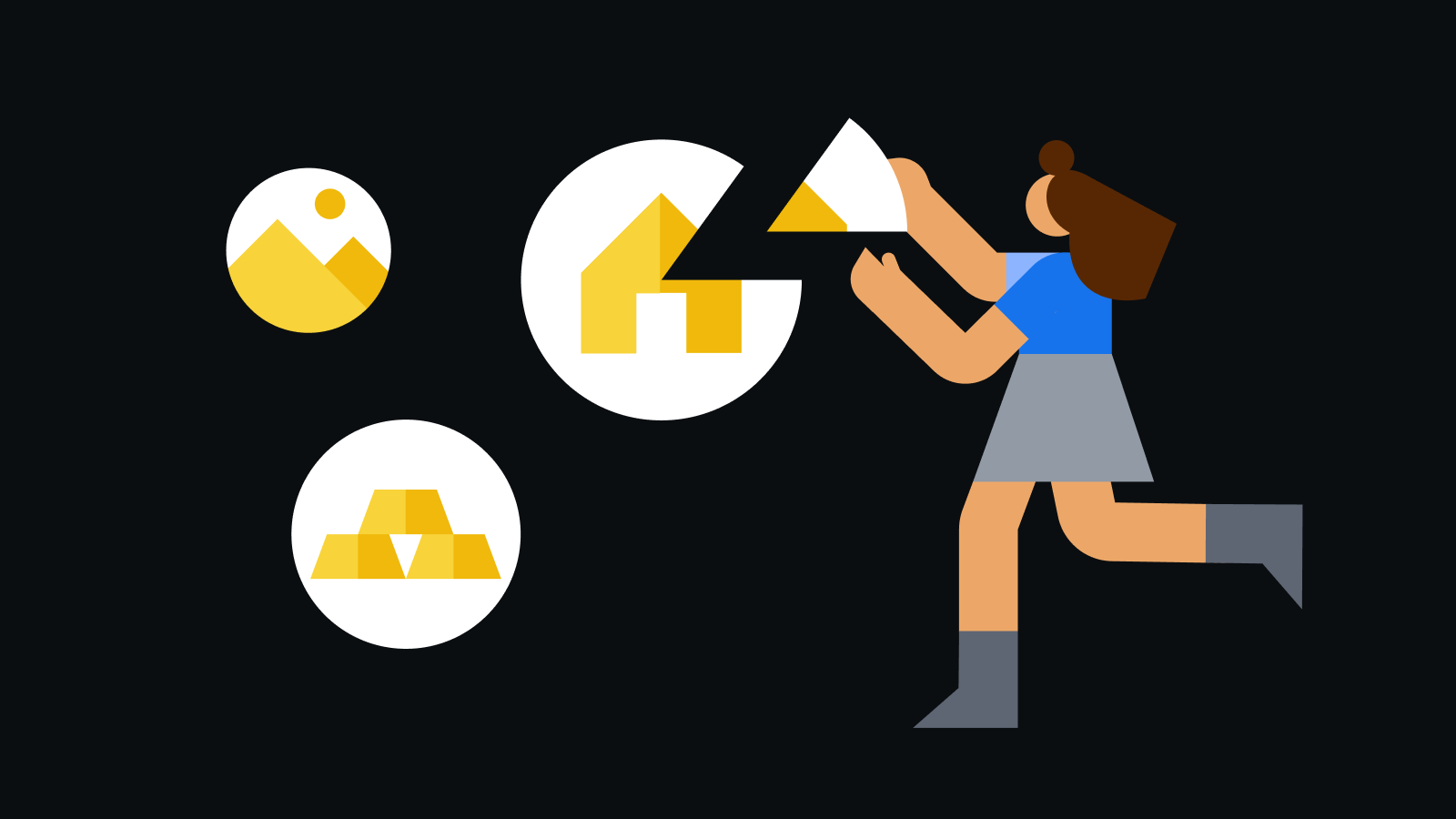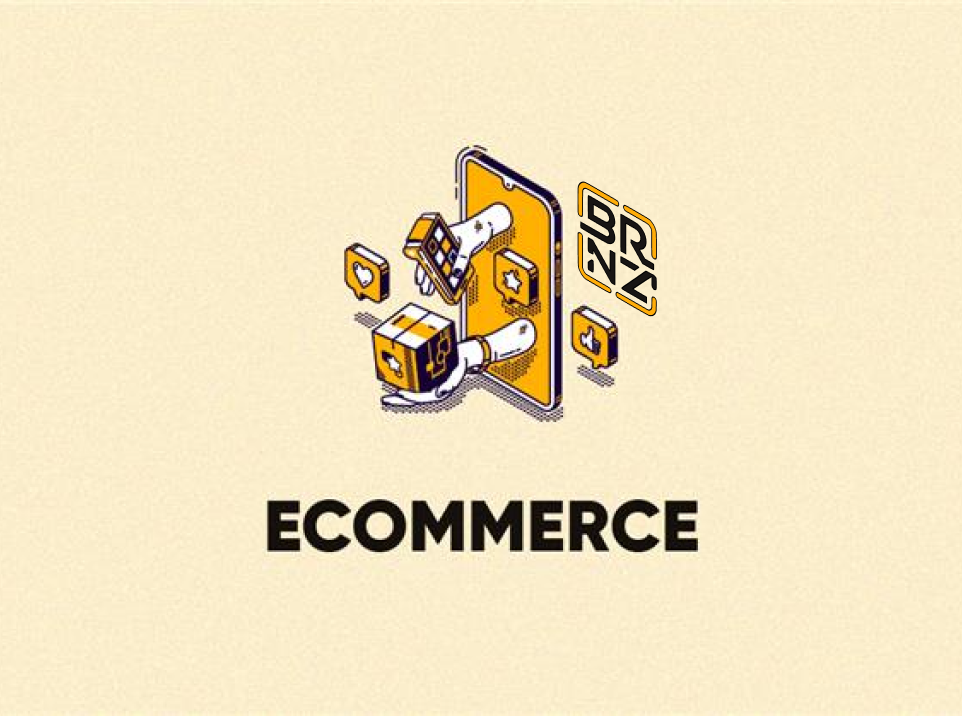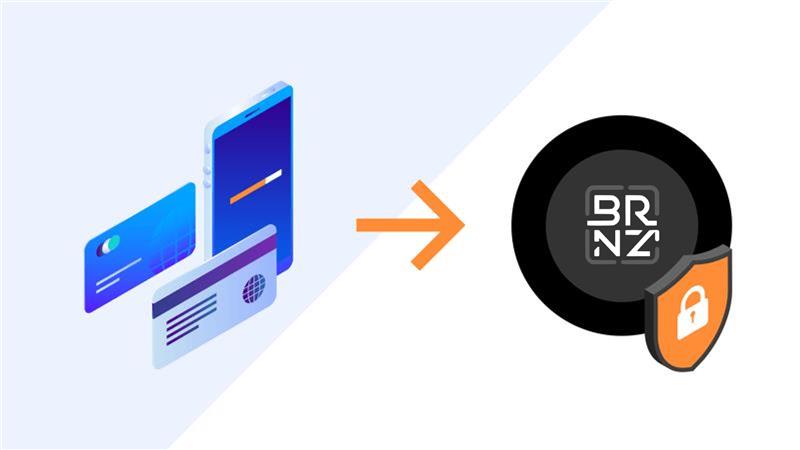Tokenization stands out as a fascinating facet of the blockchain ecosystem, representing the conversion of assets or utilities into digital tokens. Real world assets (RWA) involve the tokenization of tangible assets with clear monetary value, such as gold, real estate, and carbon credits, into tradable digital formats.
RWAs have found immense utility in the decentralized finance (DeFi) sector. The integration of RWA in DeFi is often lauded as one of the best examples of traditional finance assets blending with DeFi.
𝗛𝗼𝘄 𝗗𝗼 𝗥𝗪𝗔𝘀 𝗪𝗼𝗿𝗸?
Before jumping into RWA’s utility in DeFi, let’s look at how they work. Specifically, how do we ensure that RWAs are legitimate tokens of the real-world assets they are representing? The entire process can be broken down into three phases: off-chain formalization, information bridging, and RWA protocol demand and supply.
𝗢𝗳𝗳-𝗰𝗵𝗮𝗶𝗻 𝗳𝗼𝗿𝗺𝗮𝗹𝗶𝘇𝗮𝘁𝗶𝗼𝗻
Before a real-world asset can be integrated into a digital ledger, its value, ownership, and legal standing must be unequivocally established in the physical world.
When approximating the value of a RWA, market price, performance history, and physical condition of the asset are some of the factors that are taken into consideration. The asset must also have undisputed legal ownership, documented by deeds or invoices.
𝗜𝗻𝗳𝗼𝗿𝗺𝗮𝘁𝗶𝗼𝗻 𝗯𝗿𝗶𝗱𝗴𝗶𝗻𝗴
In this phase, we go through the tokenization process, wherein the asset’s information is turned into a digital token. Data about the asset’s value and rightful ownership are embedded within the token’s metadata. Due to the blockchain’s transparency, anyone can verify the token’s authenticity based on the metadata.
When dealing with assets that fall under regulatory scope or are classified as securities, utilizing regulatory technologies becomes pivotal. These may include employing licensed security token issuers, adhering to crypto-specific KYC (Know Your Customer) and KYB (Know Your Business) standards, and leveraging cleared security token exchanges.
𝗥𝗪𝗔 𝗽𝗿𝗼𝘁𝗼𝗰𝗼𝗹 𝗱𝗲𝗺𝗮𝗻𝗱 𝗮𝗻𝗱 𝘀𝘂𝗽𝗽𝗹𝘆
In the last step, which is all about demand and supply, DeFi protocols that focus on RWAs come into play. They have two functions: first, they help bring new RWAs into existence, which means they help make more of these digital assets available. Simultaneously, they also work to get investors interested in buying and trading these assets.
Through this tri-phased approach, RWAs are not merely abstract concepts but become practical, functional, and critical components of the DeFi landscape, carrying the weight and trust of real-world valuation and legal frameworks into the decentralized digital arena.
𝗪𝗵𝘆 𝗥𝗪𝗔𝘀 𝗛𝗮𝘃𝗲 𝗕𝗲𝗲𝗻 𝗮 𝗚𝗮𝗺𝗲𝗰𝗵𝗮𝗻𝗴𝗲𝗿 𝗳𝗼𝗿 𝗗𝗲𝗙𝗶
One of the most important metrics in DeFi is “Total Value Locked” or TVL. The TVL metric measures the amount of capital locked in various DeFi protocols. Higher TVL roughly equates to higher utility. In November 2021, the overall TVL peaked at ~$180 billion, riding the bullish wave of the so-called “DeFi Summer.”
However, as the markets moved lower, DeFi TVL slumped to $49.87 billion by June 2022. That’s a 72.3% drop in valuation in 7 months! The lack of real utility and poor tokenomics seen in some DeFi protocols certainly didn’t help their case, as liquidity leaked from the market.
Consequently, the mindset of the typical DeFi investor has undergone a significant shift. A growing number of these investors are focusing on stable, long-term investment opportunities rather than chasing quick gains. This trend is particularly evident in the post-2021 landscape, where there’s been a discernible uptick in pursuing more stable asset classes such as RWAs.
𝘏𝘦𝘳𝘦 𝘢𝘳𝘦 𝘴𝘰𝘮𝘦 𝘧𝘢𝘤𝘵𝘴 𝘢𝘯𝘥 𝘧𝘪𝘨𝘶𝘳𝘦𝘴 𝘳𝘦𝘨𝘢𝘳𝘥𝘪𝘯𝘨 𝘵𝘩𝘦 𝘙𝘞𝘈 𝘮𝘢𝘳𝘬𝘦𝘵, 𝘸𝘩𝘪𝘤𝘩 𝘴𝘩𝘰𝘸𝘤𝘢𝘴𝘦𝘴 𝘵𝘩𝘦 𝘪𝘯𝘤𝘳𝘦𝘢𝘴𝘪𝘯𝘨 𝘪𝘯𝘵𝘦𝘳𝘦𝘴𝘵 𝘪𝘯 𝘵𝘩𝘪𝘴 𝘮𝘢𝘳𝘬𝘦𝘵.
-
RWA on-chain value (not including stablecoins) grew by $1.05B in 2023.
-
Of this, $855.7M (82%) came from yield-bearing assets such as treasuries, real estate, and private credit.
𝘈𝘴 𝘱𝘦𝘳 𝘳𝘦𝘴𝘦𝘢𝘳𝘤𝘩 𝘤𝘰𝘯𝘥𝘶𝘤𝘵𝘦𝘥 𝘣𝘺 𝘢𝘯𝘢𝘭𝘺𝘴𝘵𝘴 𝘣𝘦𝘵𝘸𝘦𝘦𝘯 𝘑𝘢𝘯𝘶𝘢𝘳𝘺 1 𝘢𝘯𝘥 𝘚𝘦𝘱𝘵𝘦𝘮𝘣𝘦𝘳 30, 2023:
-
Active on-chain private credit loans went up by $210.5M
-
Treasuries and other bonds grew by $557M.
𝗪𝗵𝗮𝘁 𝗔𝗿𝗲 𝗥𝗪𝗔 𝗜𝘀𝘀𝘂𝗲𝗿𝘀?
RWAs come to life on the blockchain through the efforts of issuers who engage in three key activities:
-
They acquire tangible assets from the physical world.
-
They convert these assets via tokenization.
-
They distribute the tokens to users within the blockchain network.
Here are some players in the RWA issuance space:
-
Centrifuge: One of the biggest platforms for issuing on-chain credit loans.
-
Franklin Templeton: A TradFi giant that was established in 1947. It manages over $1.5T in assets under management (AUM). They have recently started issuing tokenized treasury tokens.
-
WisdomTree: A market leader in exchange-traded products with almost $96B in AUM.
𝗔𝗱𝘃𝗮𝗻𝘁𝗮𝗴𝗲𝘀 𝗼𝗳 𝗨𝘀𝗶𝗻𝗴 𝗥𝗪𝗔𝘀 𝗶𝗻 𝗗𝗲𝗙𝗶
The tokenization of Real World Assets (RWAs) presents several compelling advantages that reshape investment strategies and the landscape of crypto finance.
-
Liquidity boost: Tokenizing assets such as real estate turns traditionally illiquid and slow-moving assets into tokens. These tokens allow a wider pool of investors to engage with the underlying asset.
-
Fractional ownership: Fractional ownership is one of the most fascinating use cases of RWAs. By breaking down assets like real estate into tokens, it lowers the barrier to entry for everyday users. As such, a pool of investors can combine their funds to collectively own a property, denoted by the tokens.
-
Transparency: The blockchain’s transparent ledger ensures that every transaction and ownership detail of an RWA is recorded and openly verifiable.
-
Inclusivity: The movement of tokenized assets through DeFi channels paves the way for new markets and financial instruments. This not only brings fresh opportunities to existing investors but also attracts new participants, enhancing the overall stability and growth potential of the financial ecosystem.
𝗟𝗶𝗺𝗶𝘁𝗮𝘁𝗶𝗼𝗻𝘀 𝗼𝗳 𝗨𝘀𝗶𝗻𝗴 𝗥𝗪𝗔𝘀 𝗶𝗻 𝗗𝗲𝗙𝗶
RWA offers a groundbreaking approach to integrating physical assets with digital finance. However, it has its limitations and challenges.
-
Regulatory complexity: RWAs and DeFi are subject to complicated regulatory requirements. These requirements could change depending on the asset, geolocation, jurisdiction, and even the specific blockchain platform used for tokenization.
-
Security concerns: In RWAs, it is crucial to maintain the link between the physical asset and the digital tokens. This link needs to be robust against fraud and legal disputes.
-
Scalability: The platforms underpinning RWA tokenization need to be capable of handling a high throughput of transactions and data
𝗖𝗹𝗼𝘀𝗶𝗻𝗴 𝗧𝗵𝗼𝘂𝗴𝗵𝘁𝘀
RWAs are an exciting development for DeFi, potentially broadening its capabilities and audience. They hold the prospect of a more interconnected financial realm where traditional and decentralized finance converges. Yet, reaching this point will involve overcoming significant hurdles, including strict regulatory compliance and ensuring market integrity.



